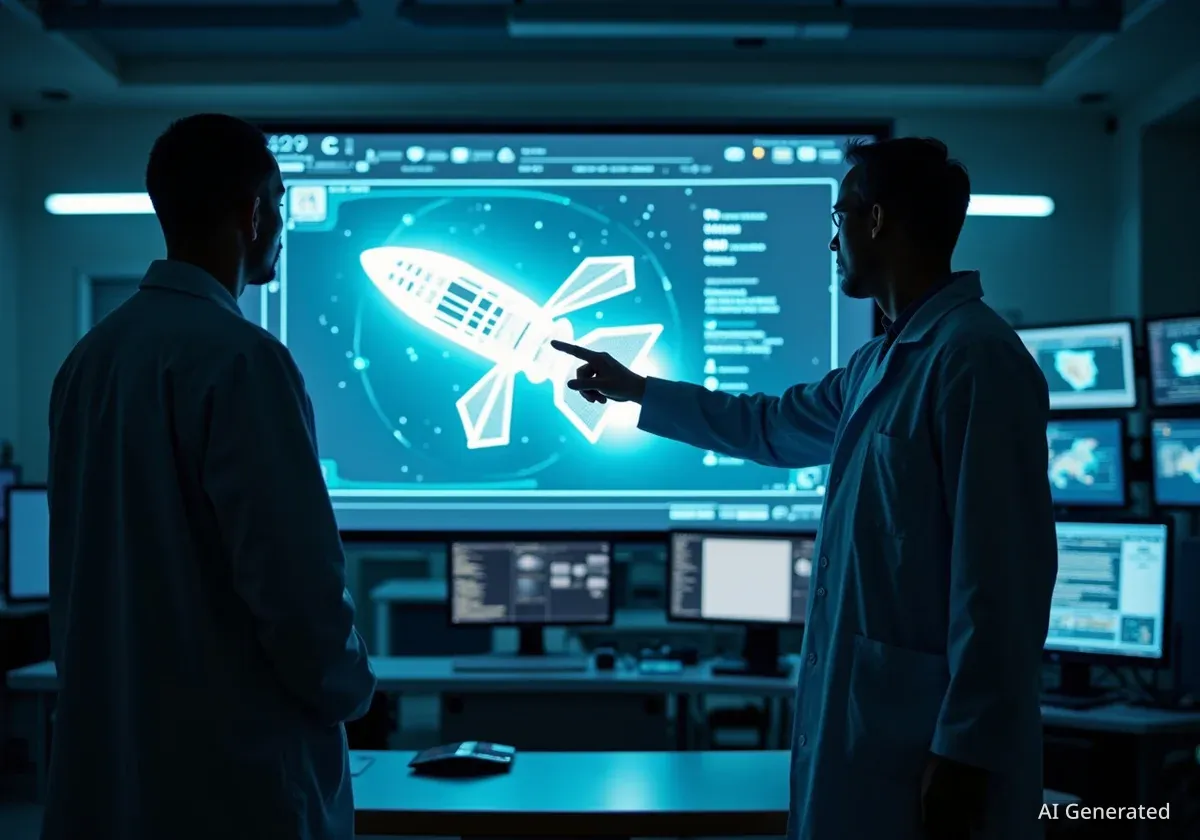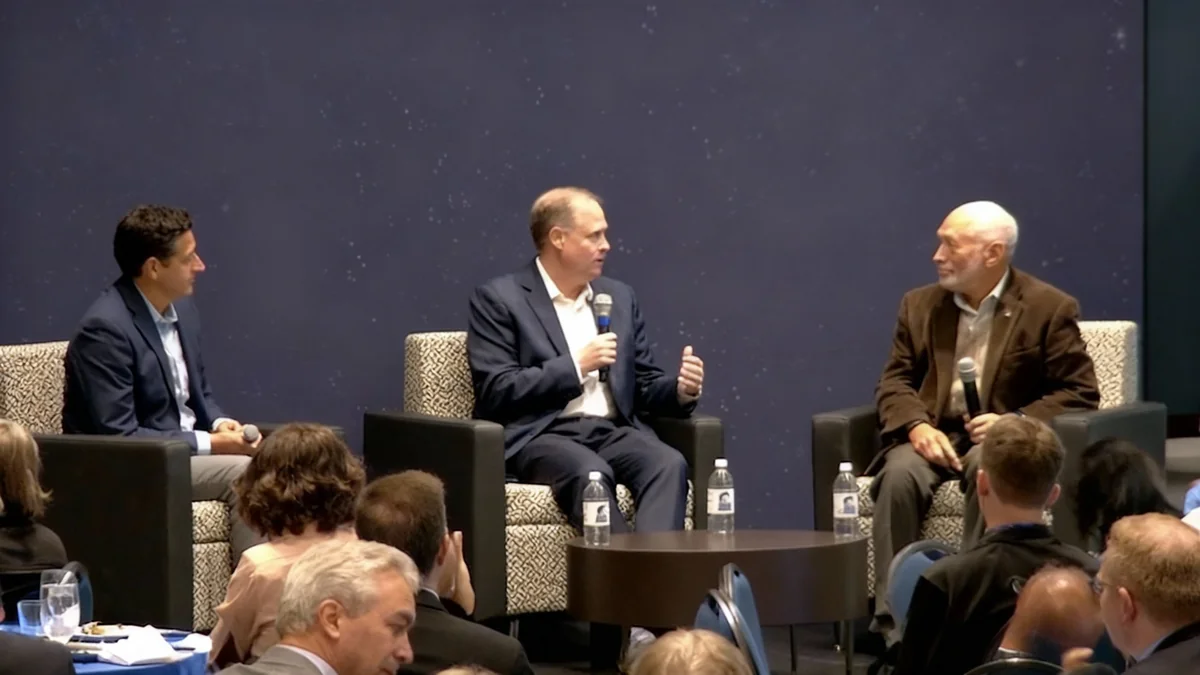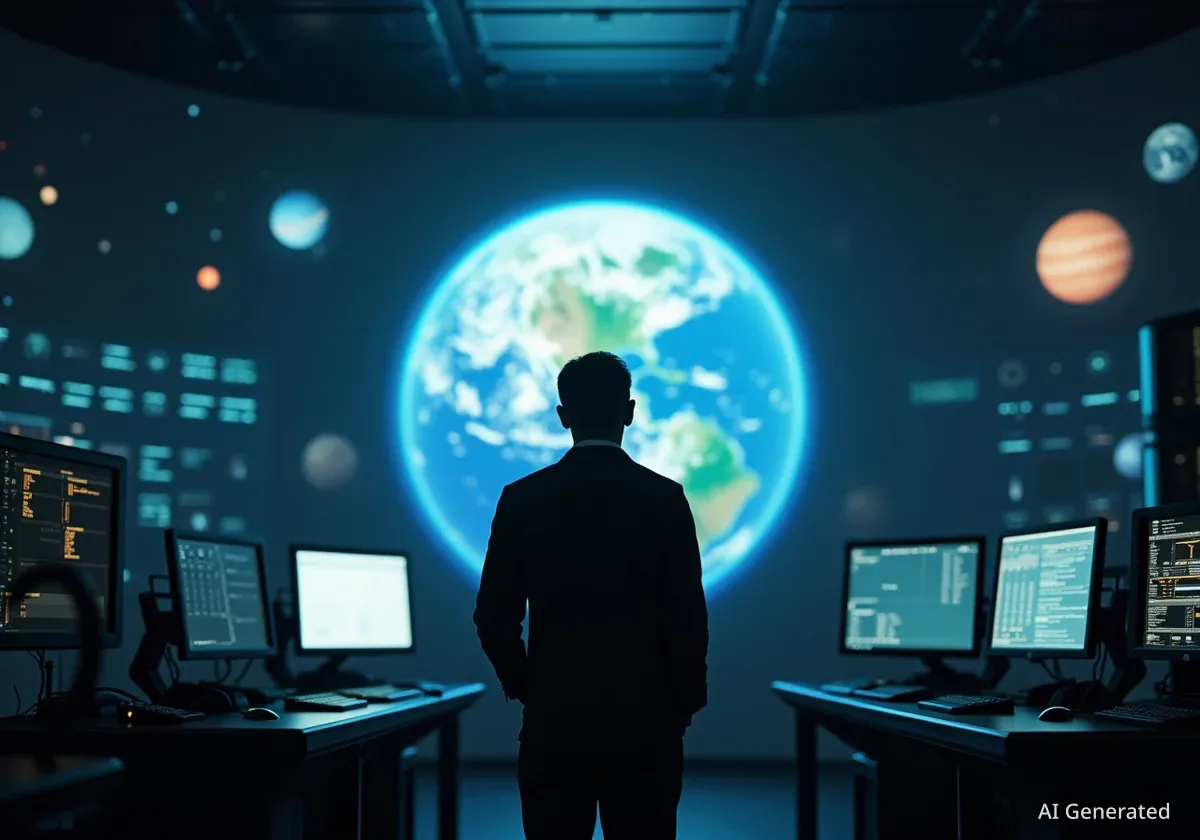The United Kingdom and Australia have officially renewed their collaborative space partnership, known as the Space Bridge, with an updated agreement. The signing took place at the International Astronautical Congress in Sydney, reinforcing the commitment between the two nations to advance space research, technology, and industry cooperation.
The agreement was signed by Dr Paul Bate, CEO of the UK Space Agency, and Enrico Palermo, Head of the Australian Space Agency. This renewal builds upon the original framework established four years ago and introduces funding for several new joint missions aimed at tackling challenges in orbit and on Earth.
Key Takeaways
- The UK and Australian space agencies have signed an updated Space Bridge agreement to continue their partnership.
- The collaboration focuses on joint research, innovation, and strengthening industry ties between the two countries.
- Three new joint missions have been announced, focusing on orbital tracking, satellite stability, and in-orbit servicing.
- The partnership also aims to use space technology to address environmental challenges on Earth, such as water quality monitoring.
A Renewed Partnership for Space Innovation
The updated Space Bridge agreement solidifies the strategic alignment between the UK and Australia in the global space sector. First initiated in 2021, the framework has successfully created a direct link for scientists, engineers, and commercial enterprises to collaborate on cutting-edge projects.
The renewal ceremony in Sydney marks a continuation of this effort, ensuring that knowledge sharing and joint development remain a priority. The partnership is designed to leverage the strengths of both nations' growing space industries.
"The UK–Australia Space Bridge connects us with our colleagues on the other side of the world, unlocking innovation, promoting the exchange of knowledge, and initiating new partnerships," stated Dr Paul Bate of the UK Space Agency. "Above all, it has fuelled a shared ambition to strengthen both space sectors."
This sentiment reflects the core goal of the agreement: to create a mutually beneficial environment where technological advancements can flourish. The collaboration has already produced tangible results, encouraging further investment and a deeper commitment from both governments.
From Concept to Concrete Results
Since its inception, the Space Bridge has facilitated several important projects. The partnership has moved beyond theoretical collaboration to fund and support practical applications of space technology. Previous initiatives have demonstrated the value of this international link.
For example, joint teams have worked on using satellite data to monitor the quality of water reservoirs, a critical task for environmental management. Another project focused on developing artificial intelligence systems to improve the safety and efficiency of operations in space, addressing the complex issue of orbital traffic management.
What is the Space Bridge?
The UK-Australia Space Bridge is not a physical structure but a formal framework designed to foster collaboration. It acts as an official channel to connect academic institutions, research organizations, and private companies in the space sector of both countries. The goal is to streamline joint projects, reduce barriers to cooperation, and accelerate innovation.
These early successes have provided a strong foundation for the renewed agreement. By proving the viability of the partnership, the two agencies have justified the expansion of the program and the allocation of new funds for more ambitious missions.
New Missions Funded Under the Agreement
A significant part of the renewed agreement is the confirmation of three new UK-Australia missions. These projects are supported by the UK Space Agency’s International Bilateral Fund, which is dedicated to fostering international partnerships in space science and technology.
The new missions cover a range of strategic areas, from space domain awareness to advanced satellite operations. Each project involves close collaboration between research and industry partners from both nations.
Tracking Orbital Objects
The first project, named Long Baseline Multistatic Radar, will focus on creating a global radar network. The primary objective is to test new methods for accurately tracking objects in distant orbits. This work is crucial for maintaining a safe and sustainable space environment by monitoring satellites and space debris.
Improving Satellite Stability
The second mission, SLOSH-Cat, will investigate how liquid fuel moves within spacecraft tanks while in orbit, a phenomenon known as "sloshing." Understanding and mitigating this effect is essential for improving the stability and control of satellites, which can extend their operational lifespan and enhance their performance.
In-Orbit Servicing Technology
A third project, called ARGUS, is dedicated to developing advanced technology for in-orbit servicing and manufacturing. This initiative will work on systems that allow satellites to inspect, repair, or upgrade other satellites directly in space. Such capabilities are seen as fundamental for the future of space infrastructure and sustainability.
Expanding Earth Observation Capabilities
Alongside the new missions, the renewed agreement provides continued support for established projects. The long-running AquaWatch-AUK project, led by UK-based Surrey Satellite Technology Ltd (SSTL), will receive fresh support to expand its capabilities.
Focus on Earth
While the partnership advances space exploration, a key goal is applying space technology to solve terrestrial problems. The AquaWatch-AUK project is a prime example, using satellites to provide data on water quality, which can help manage resources and protect ecosystems.
This project utilizes a sophisticated satellite-based system to monitor water quality across various bodies of water. The expansion will enhance the system's accuracy and coverage, providing vital data for environmental scientists, water authorities, and policymakers in both countries and around the world.
Shared Goals for a Global Impact
Both the UK and Australian space agencies have emphasized that the renewed Space Bridge has ambitions that extend beyond space itself. The collaboration is positioned to address significant environmental and technological challenges on a global scale.
By pooling resources and expertise, the two countries aim to develop solutions that have a direct and positive impact on life on Earth. This includes better climate monitoring, improved resource management, and new technologies that can be applied in other industries.
"The UK–Australia partnership is a priority for us, and the renewal of the Space Bridge is another step towards driving forward initiatives that deliver real benefits for life on Earth," Dr Bate added.
With a clear strategy, new investment, and a growing network of collaborating scientists and engineers, the UK and Australia are reinforcing their shared vision. The partnership serves as a model for international cooperation, demonstrating how working together in space can generate benefits for everyone.





